By Wendy Heimann-Nunes and Mishawn Nolan, Nolan Heimann LLP
At Nolan Heimann LLP, we see firsthand how ideas from one sector can unlock breakthroughs in another. Because we work across film, television, music, live and location-based entertainment (LBE), gaming, social media, and consumer products, we have a wide-angle view of how deal structures move, adapt, and evolve.
That vantage point allows us to apply models that may be commonplace in one industry but transformative in another, creating bespoke solutions that drive both creative freedom and commercial success.
As the immersive sector expands, the companies that thrive will treat reinvention not as a gamble but as a discipline - one that borrows across industries, balances risk and reward, and aligns creativity with commercial reality. Legal and strategic frameworks, when approached with imagination, are not barriers to innovation but springboards for it.
For companies in LBE, this isn’t just a business mindset but a practical necessity. The agreements that unlock growth in this sector rarely emerge from boilerplate precedent. They are built through cross-pollination, imagination, and experience at the intersections of multiple industries. Just as importantly, they require boots-on-the-ground knowledge of how LBE actually operates.
Without that grounding, contracts may look sound on paper but falter in practice.
And because the industry is growing and evolving so rapidly, yesterday’s LBE precedents are not sufficient today, and today’s precedents may not be sufficient tomorrow. What succeeds now may misalign with the next generation of immersive models.
The companies that stay ahead will be those that design reinvention into their DNA, continuously evolving their frameworks to keep pace with the sector they are helping to build.
Reinvention: from tradition to transformation
A decade ago, we worked with a client developing a touring immersive attraction. The licensor offered a standard family entertainment center (FEC) agreement - the closest precedent available to the licensor. But FEC agreements are designed for fixed locations and predictable operations, not for seasonal, mobile tours.
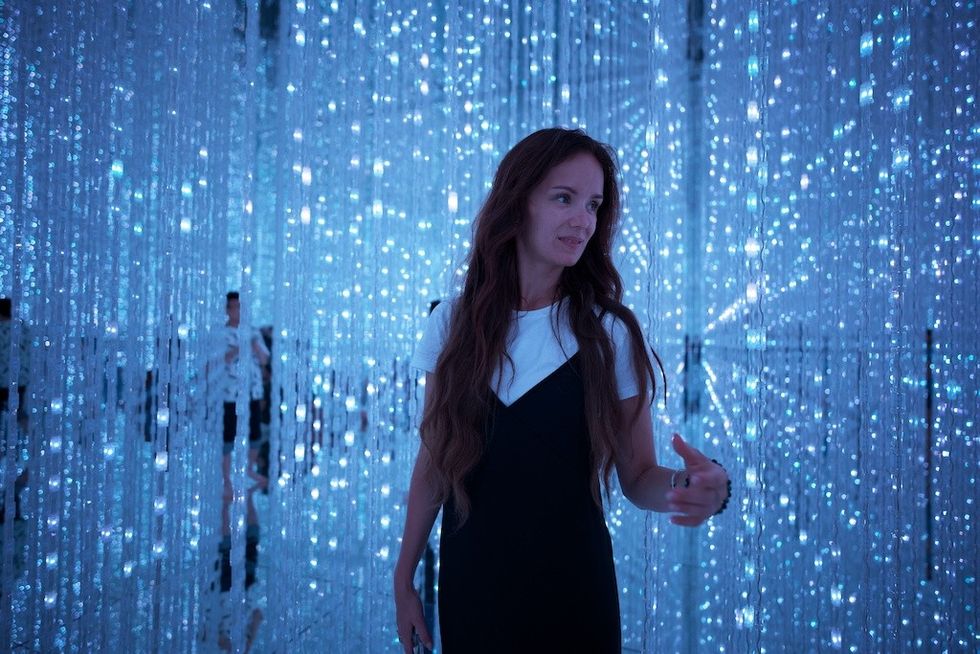
We restructured the deal by borrowing from live touring, traditional LBE, and theatrical. The result was a hybrid structure that matched the project’s unique economics while protecting the licensor’s brand and preserving upside. The new model gave our client investor credibility, operational clarity, and brand security.
Lesson: when precedent doesn’t fit, don’t tweak. Instead, craft the deal by recombining proven structures across industries to build alignment.
See also: The business of change
Cross-pollination in action
- Securing IP for early-stage projects. A client sought rights to a well-known IP for an unproven immersive venture. Traditional license terms would have locked them into financial obligations before financing. We drew from film and television’s shopping agreement model, which grants exclusivity to shop an IP without immediate commitments. This gave the client room to validate assumptions and raise capital, while giving the licensor the benefit of active development without risk.
Lesson: protect IP while giving early-stage ventures space to test and build.
- Reimagining royalties. Another client faced a fixed royalty tied to a legacy IP with renewed interest due to a forthcoming film. Confident of box office success, the licensor demanded a rate that assumed the movie would be a hit. But if the film underperformed, the immersive project could collapse under inflated obligations.
We solved this with a box office success escalation provision. Royalties increased only if the film hit certain box office milestones. This rewarded the licensor for proven success while protecting the operator from overpaying on speculation.
Lesson: Align royalties with demonstrated success, not untested assumptions.
The discipline of reinvention
Reinvention is not guesswork. It is informed, strategic, and deliberate. From our vantage point, we see clients inventing from scratch, scaling proven models, and recalibrating legacy structures. Each requires a different toolkit, but all require cross-pollination.
This is where the limits of precedent become visible. In traditional entertainment, an attorney might look for the closest template and adjust it. In LBE, though, there is often no “close enough” model.
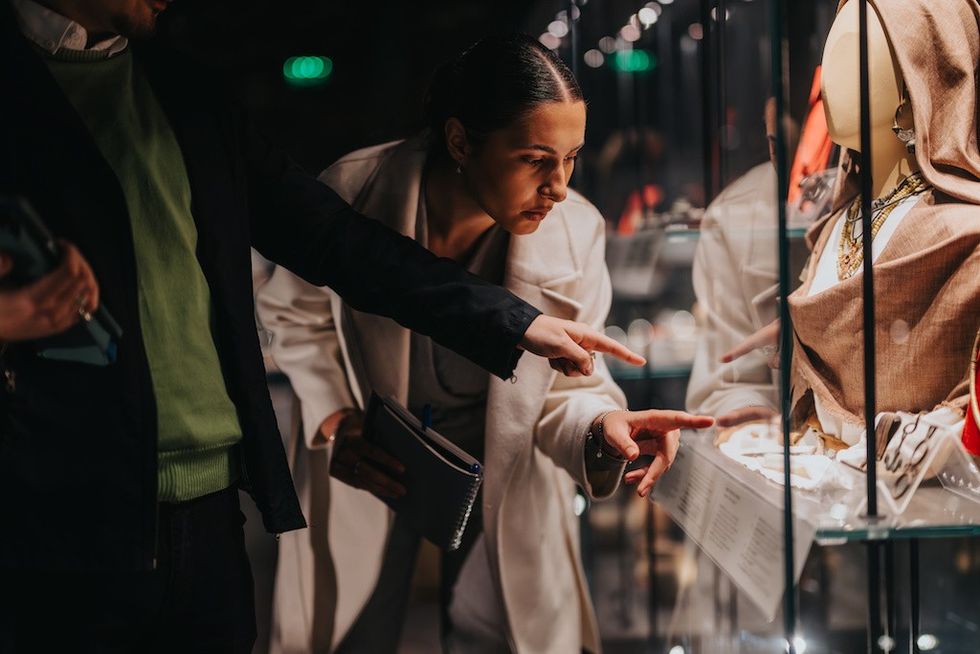
Effective structures must be assembled from elements across industries - touring, live events, consumer products - and adapted to the unique realities of location-based projects.
The key is recognizing that LBE, unlike traditional entertainment, cannot rely on precedent. Sitting at the intersection of storytelling, technology, live events, and consumer engagement, LBE demands leaders willing to import and adapt frameworks from other sectors.
Lesson: LBE innovation depends on cross-pollination, not precedent.
The courage to reinvent
Adopting new structures often feels risky, but the first movers who take the leap shape the standards others later follow. Risk aversion may feel safe, but excessive caution prevents adaptation at the speed today’s market demands.
Lesson: The courage to move first often means defining the model the market will adopt.
The reinvention mindset
Just as great guest experiences require imagination across storytelling, design, and technology, resilient business models require creativity across contracts, partnerships, and deal structures.
Reinvention begins with a shift from “what is” to “what if.” Cross-disciplinary what-ifs - borrowing proven structures from one field and adapting them to another - unlock growth far beyond incremental change.
Lesson: Asking “what if” is more powerful than adjusting “what is.”
Agility with integrity
Flexibility without grounding can devolve into chaos. To be effective, reinvention must be tethered to clearly defined values. Organizations should ask: what is non-negotiable, what is aspirational, and what is optional? Anchoring innovation in these distinctions ensures that reinvention is disciplined rather than directionless.
Lesson: Flexibility only works when anchored in clarity and values.
Conclusion
As the immersive sector expands, the companies that thrive will treat reinvention not as a gamble but as a discipline - one that borrows across industries, balances risk and reward, and aligns creativity with commercial reality. Legal and strategic frameworks, when approached with imagination, are not barriers to innovation but springboards for it.

For companies in LBE, this isn’t just a business mindset but a practical necessity. The agreements that unlock growth in this sector rarely emerge from boilerplate precedent. They are built through cross-pollination, imagination, and experience at the intersections of multiple industries.
Immersive entertainment demands a different approach than traditional models, and its legal frameworks must evolve accordingly.
Equally important is boots-on-the-ground knowledge of how LBE actually functions day to day: how attractions are actually developed and opened, how touring productions load in and out, how operators create safe and welcoming environments, and how development risk shifts between markets.
Without that operational grounding, contracts risk looking sound on paper but failing in practice. The most effective frameworks marry legal creativity with practical insight from the realities of LBE on the ground.
In a business where the only constant is change, the future belongs to those who design reinvention into their DNA.
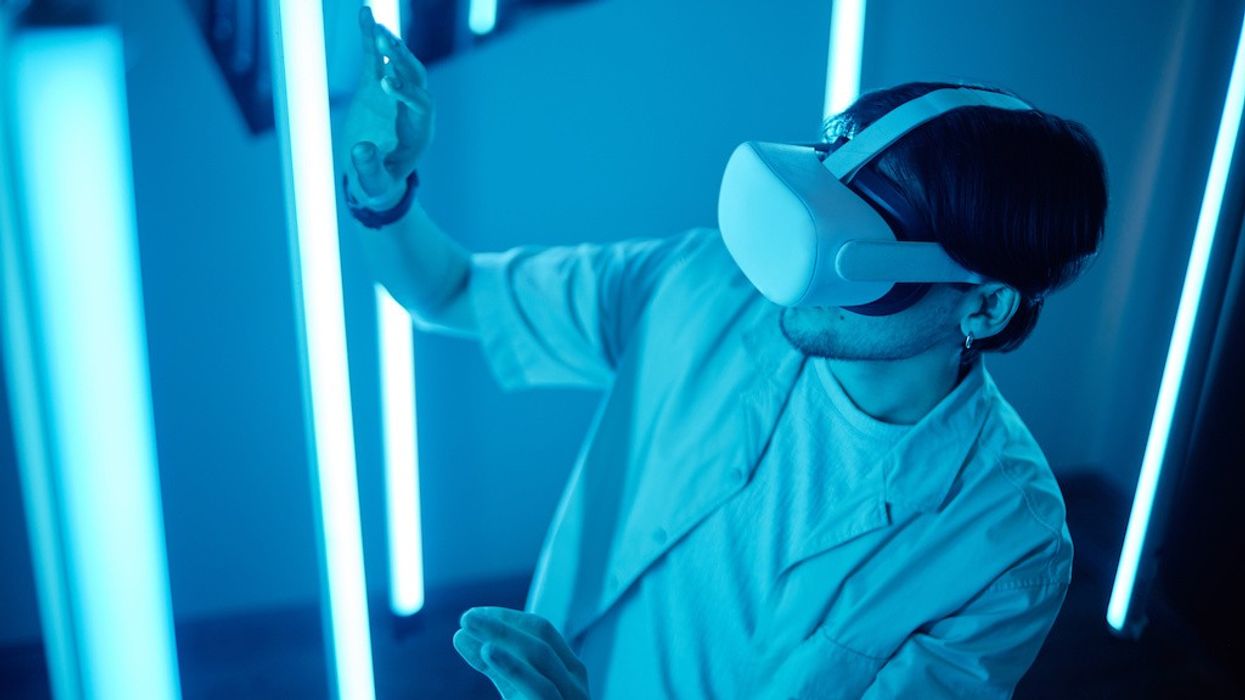


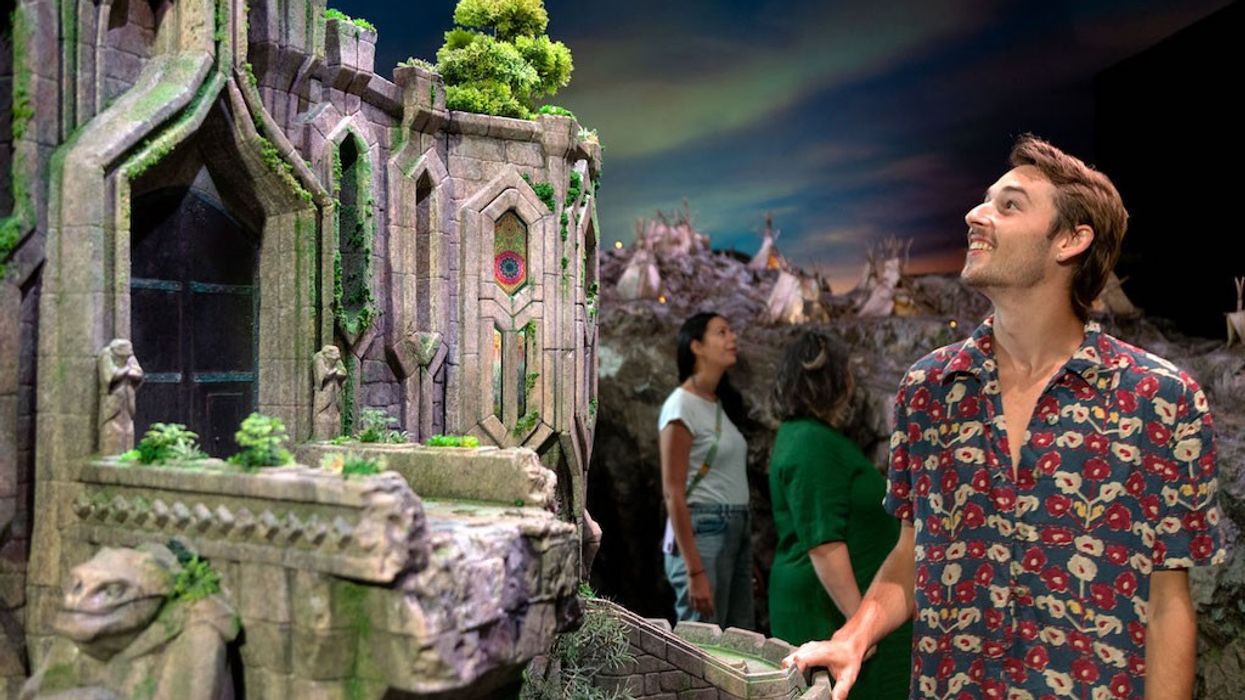
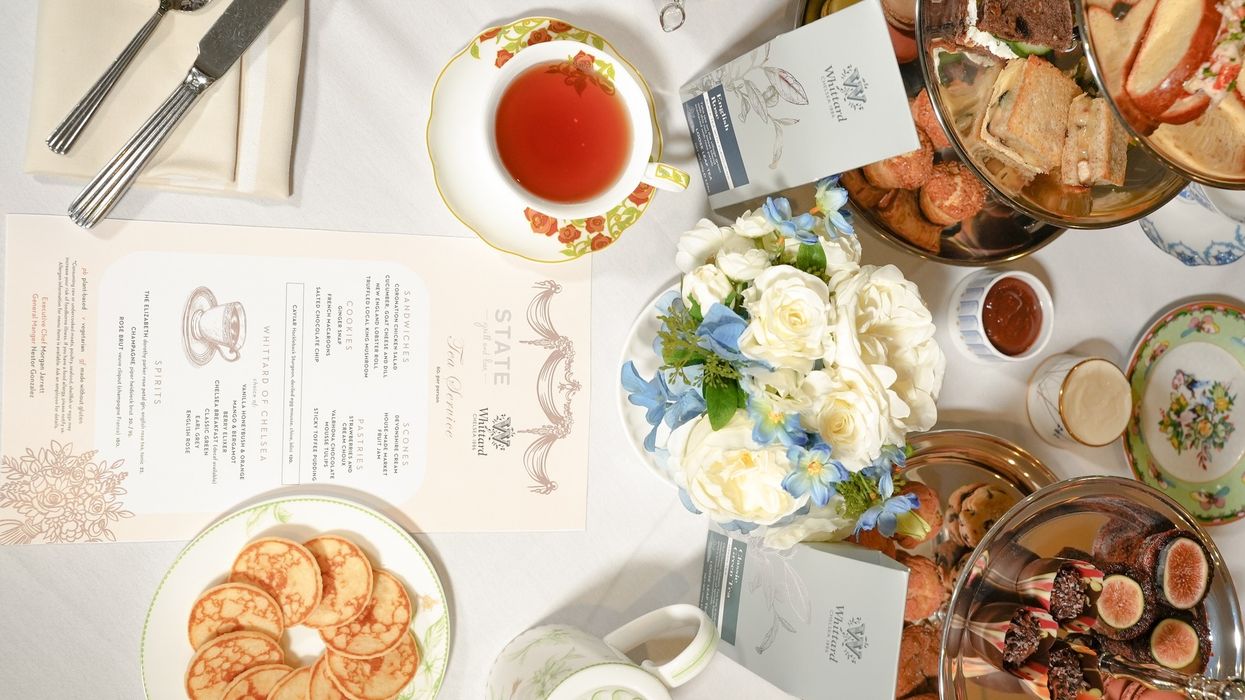
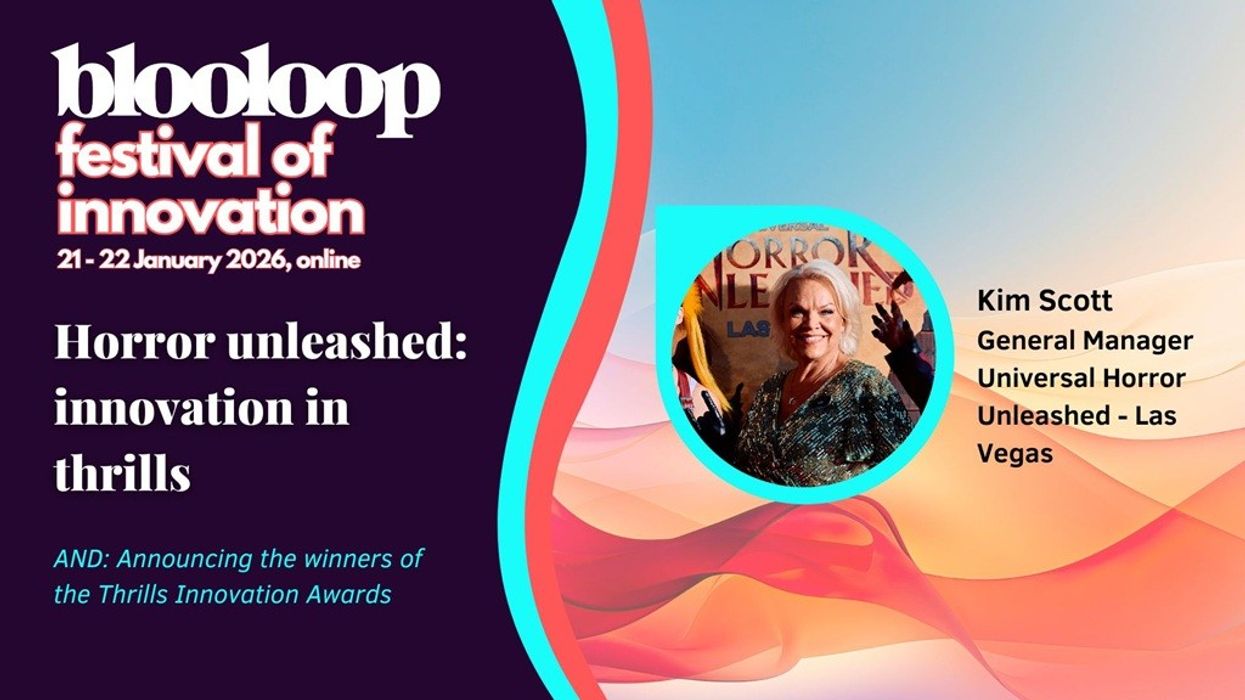

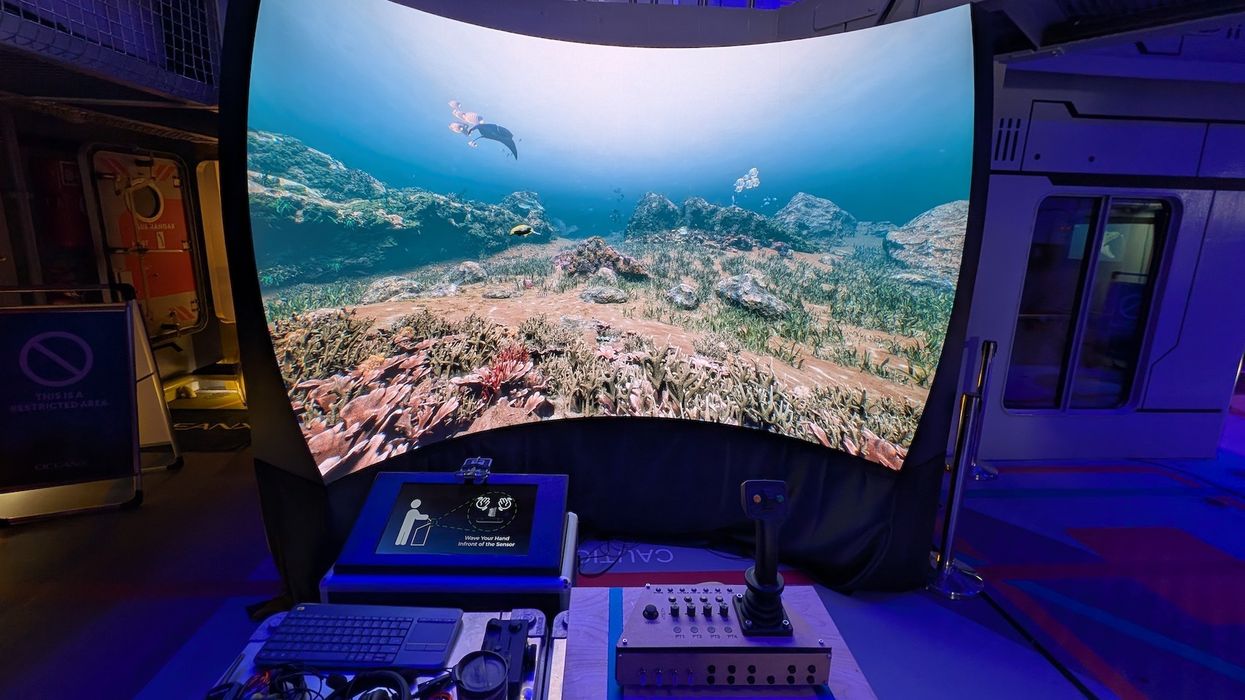
 TM Lim and Adam Wales
TM Lim and Adam Wales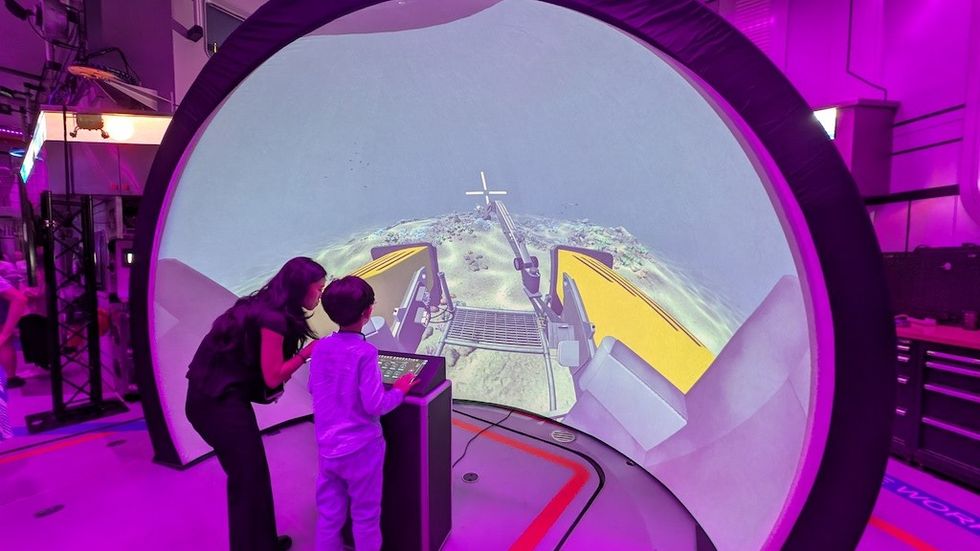
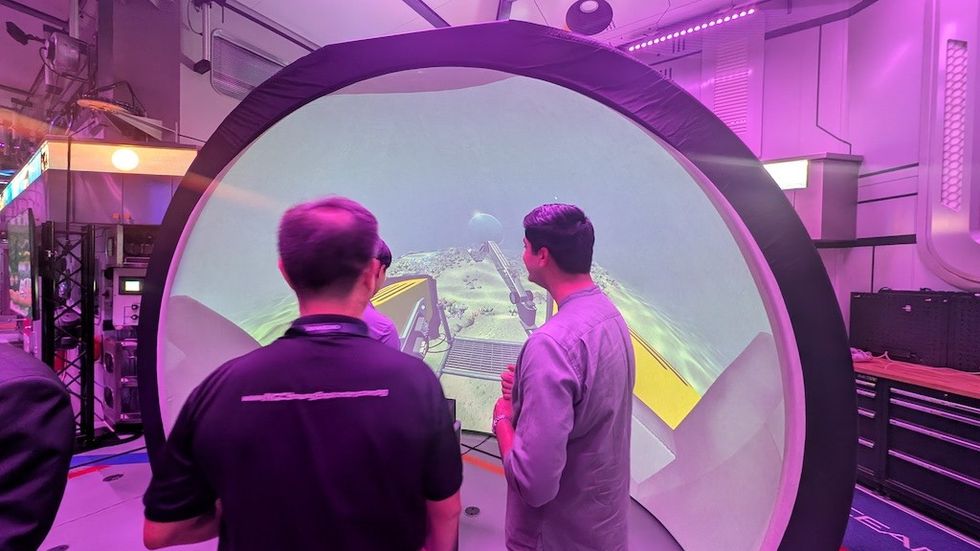
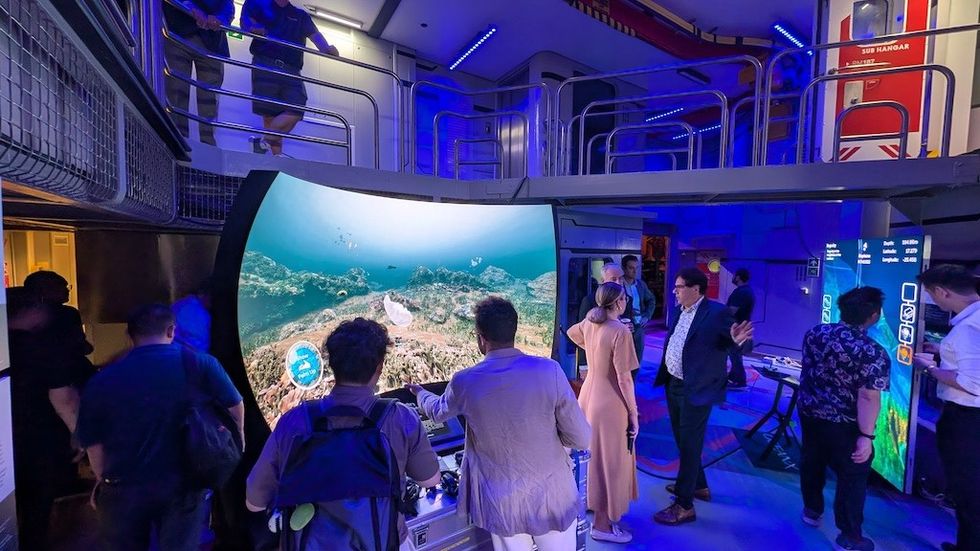
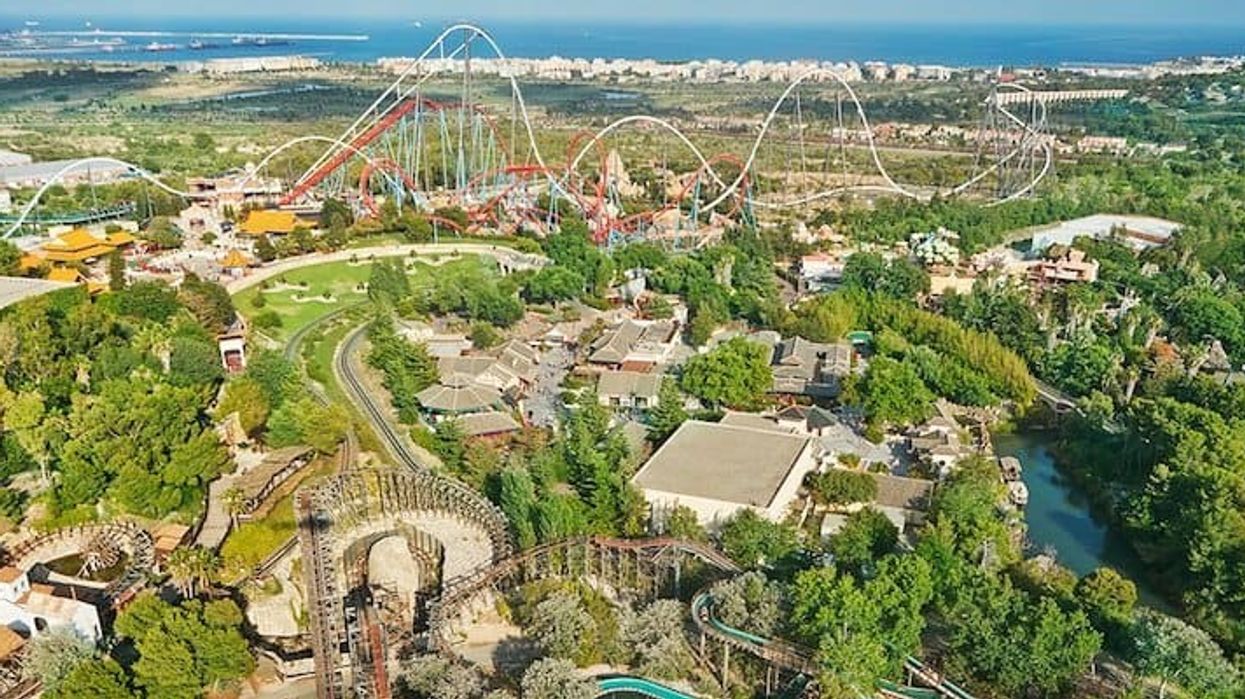
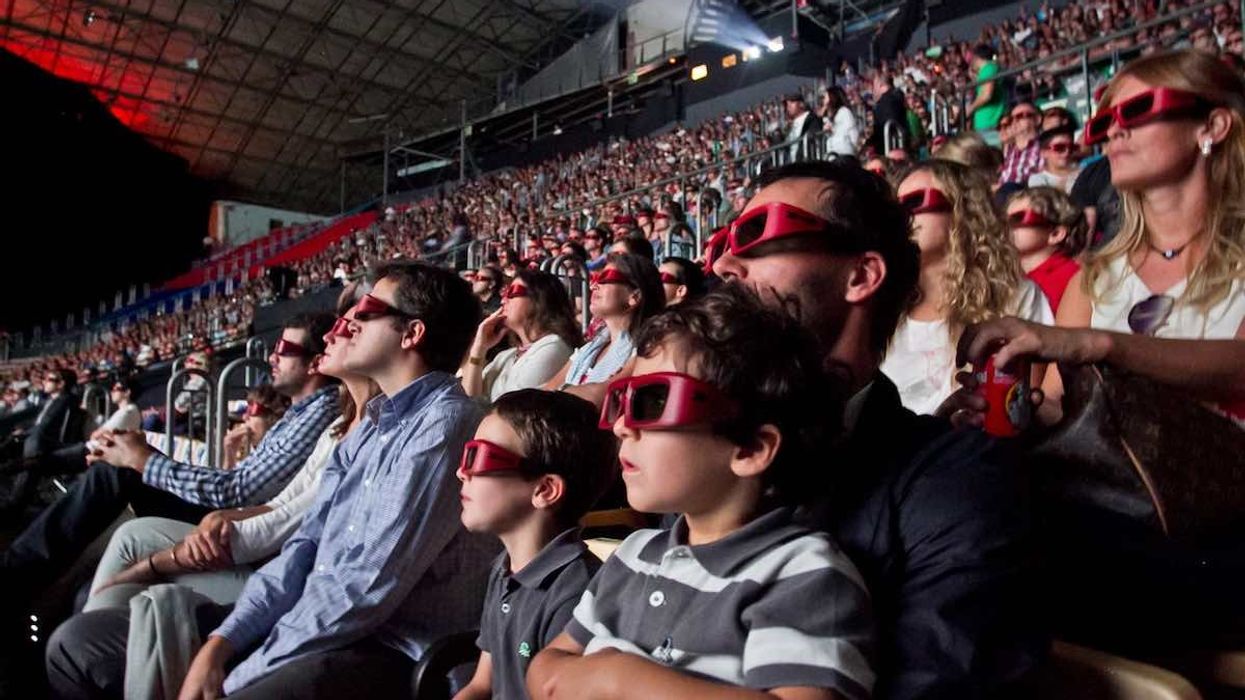

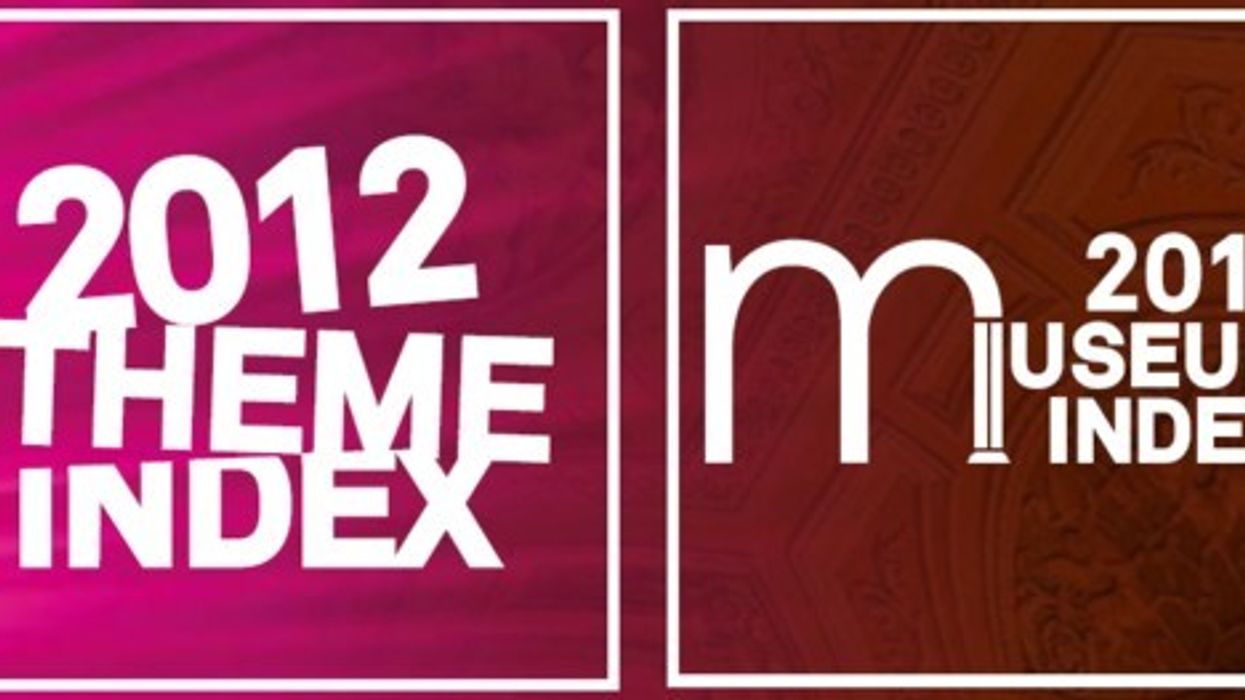

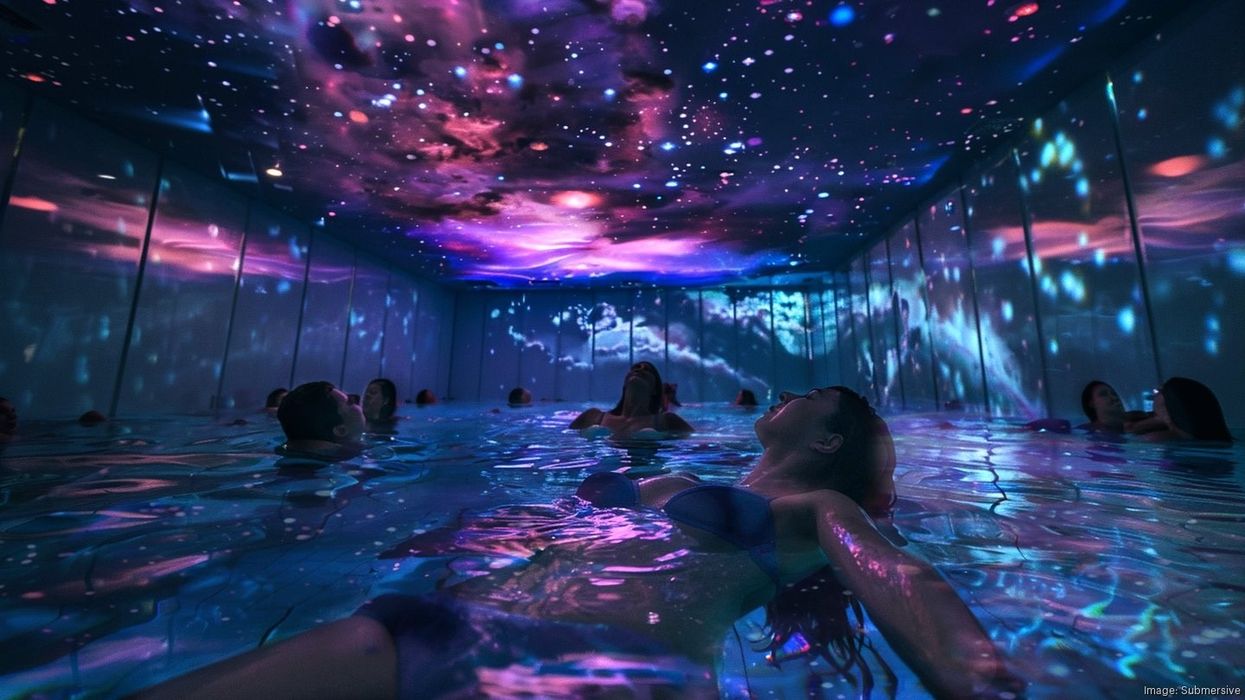
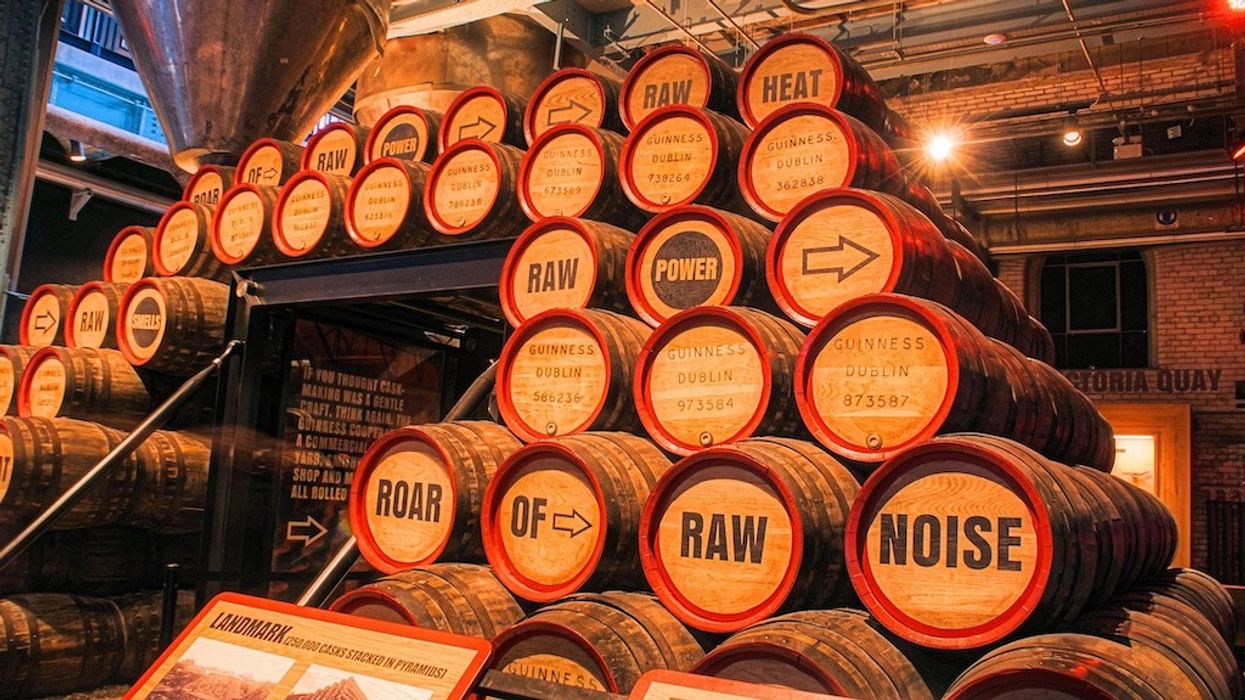
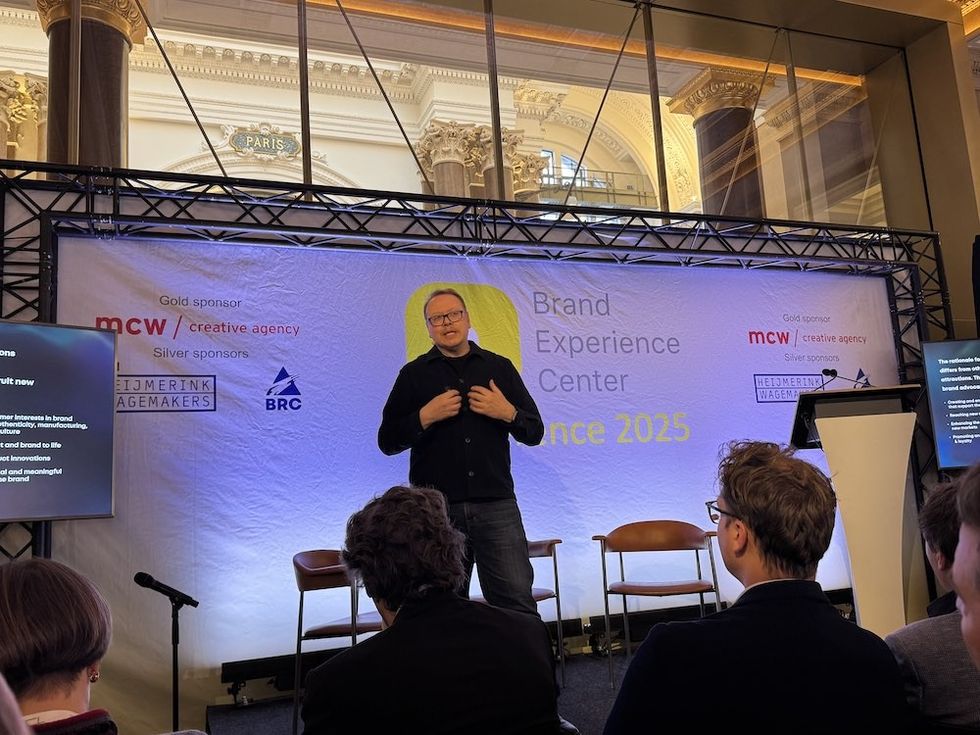 Christian Lachel, chief creative officer, BRC Imagination Arts
Christian Lachel, chief creative officer, BRC Imagination Arts  Image credit AA+W - stock.adobe.com
Image credit AA+W - stock.adobe.com Chocoversum Image credit Sebastian Fuchs
Chocoversum Image credit Sebastian Fuchs 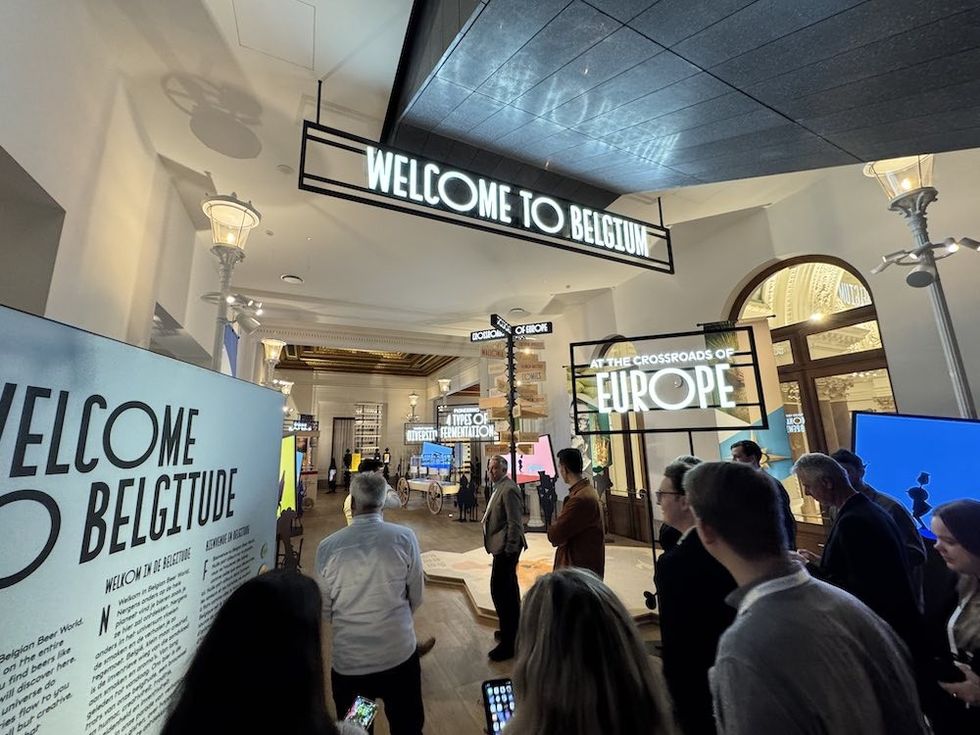 Belgian Beer World
Belgian Beer World 
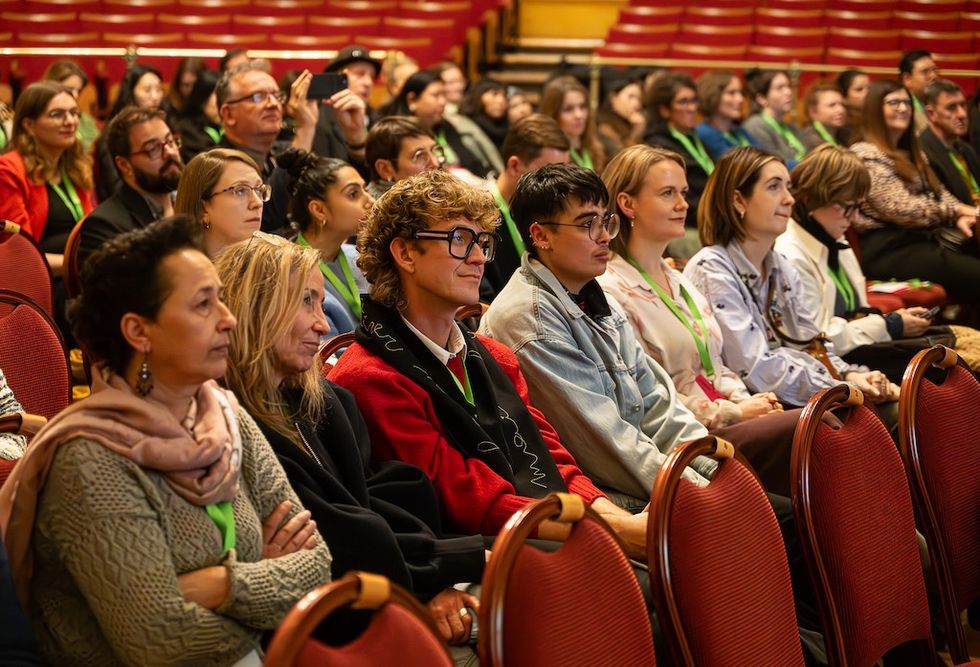
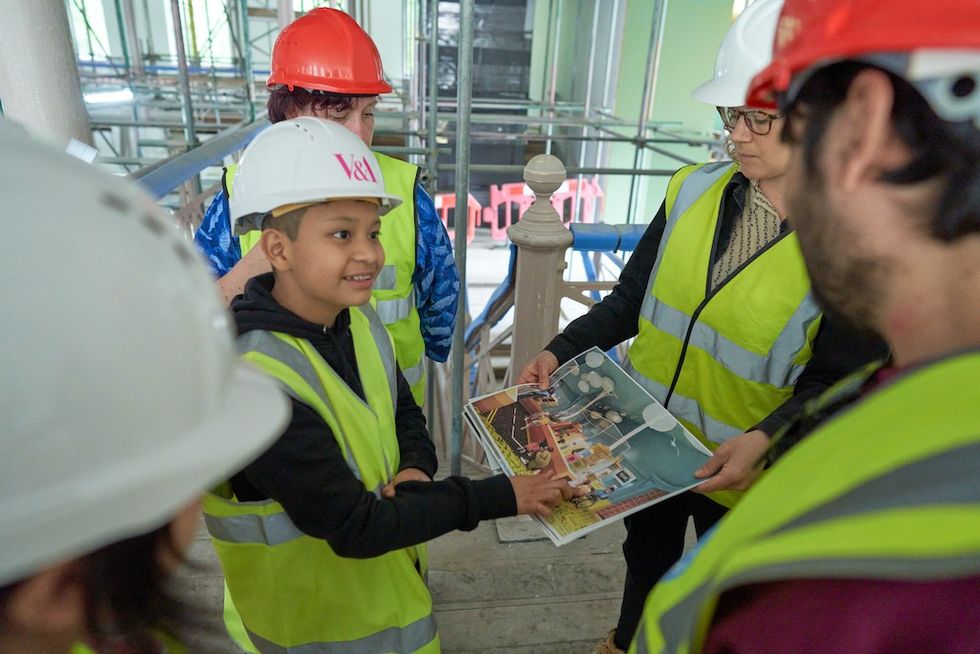 Young V&A Youth Collective members have a tour of the Young V&A construction site. Image courtesy of Young V&A.
Young V&A Youth Collective members have a tour of the Young V&A construction site. Image courtesy of Young V&A. 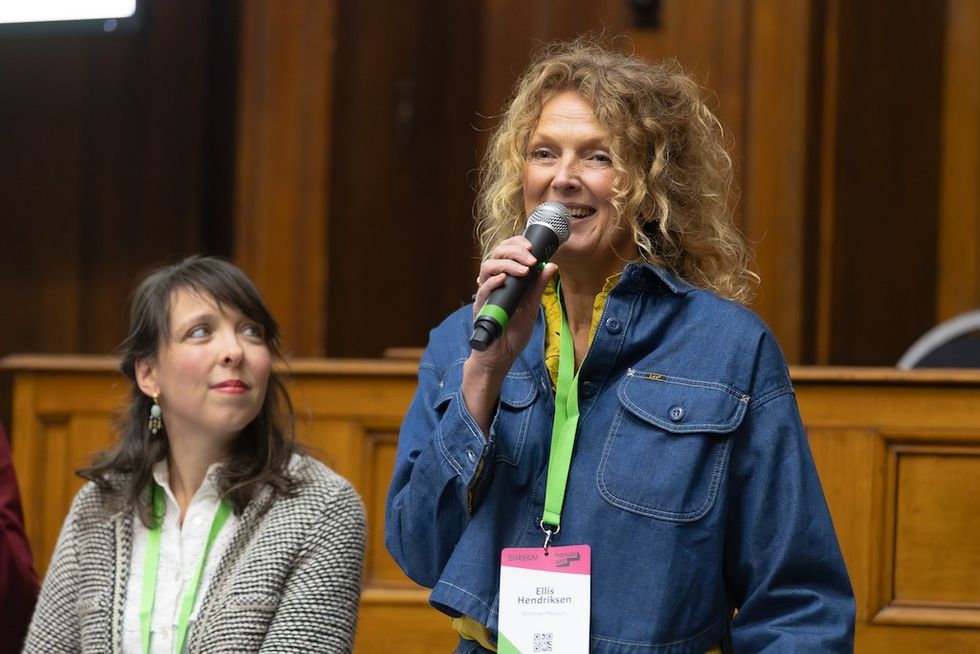 Floriane Perot and Ellis Hendriksen
Floriane Perot and Ellis Hendriksen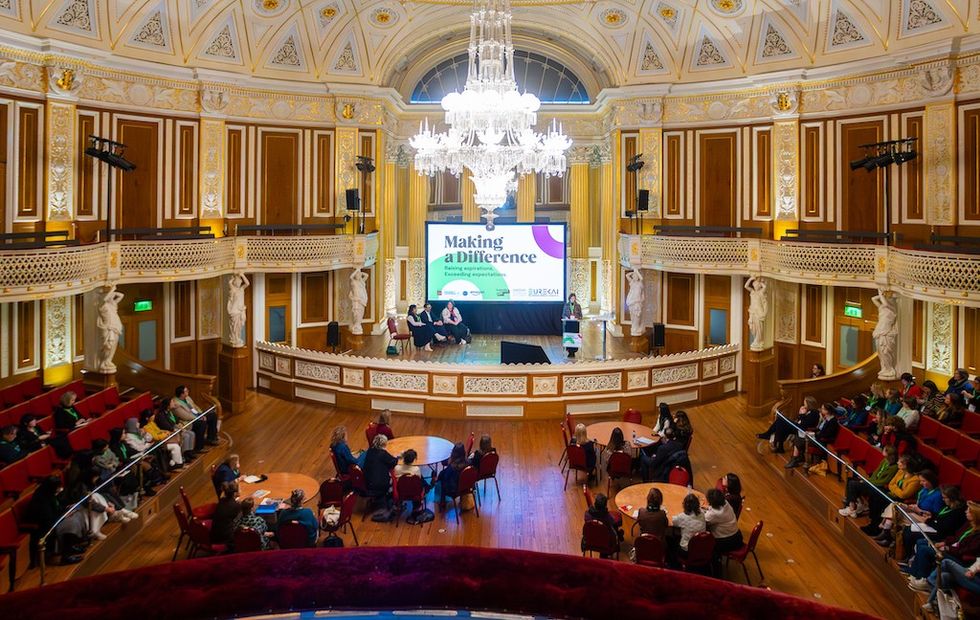
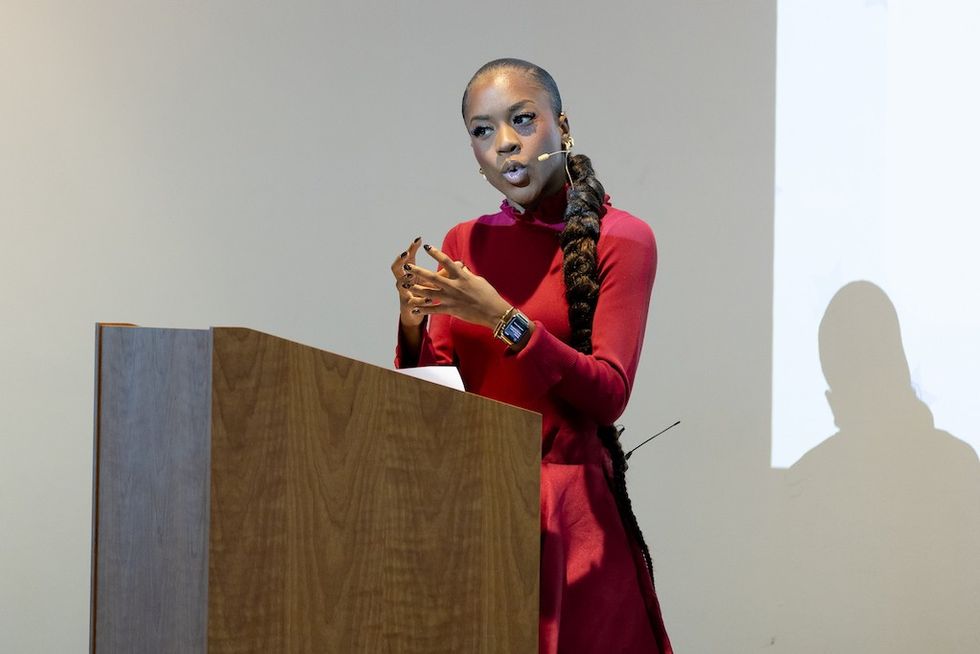 Amber Ogunsanya-William
Amber Ogunsanya-William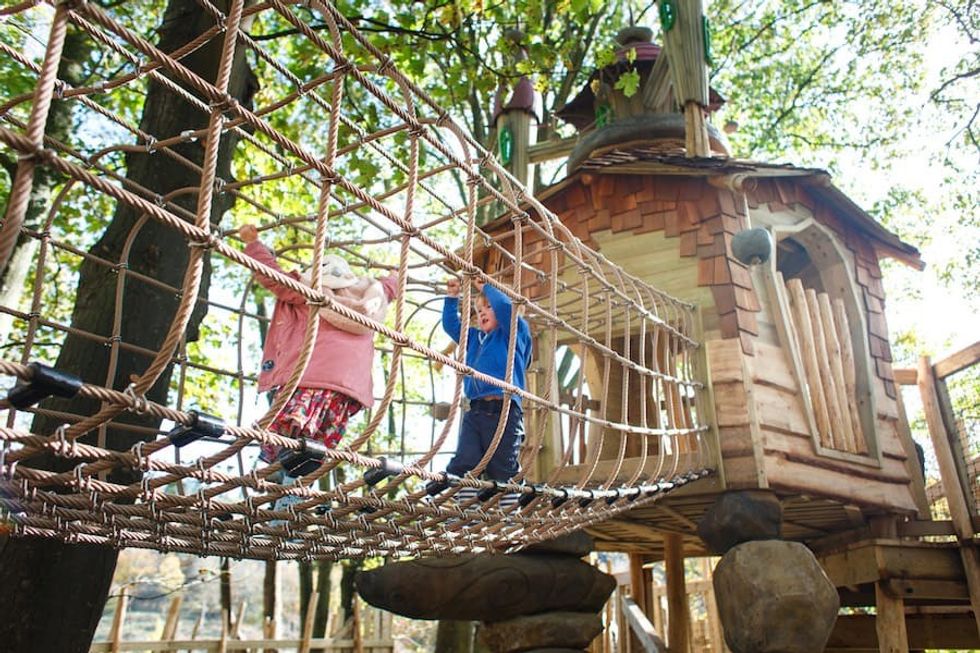 Tumblestone Hollow adventure playground by CAP.CO
Tumblestone Hollow adventure playground by CAP.CO 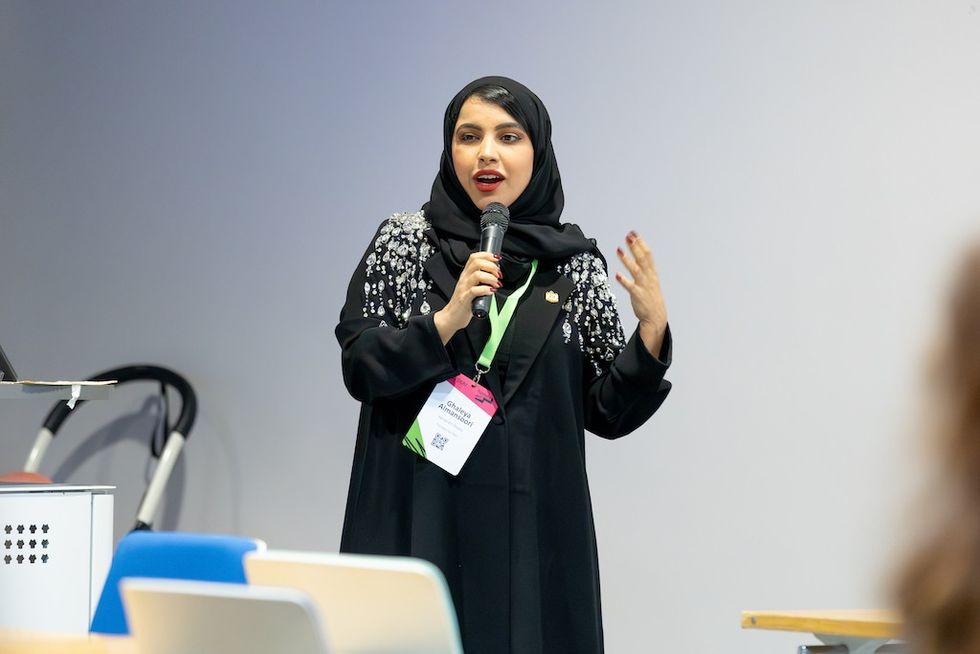 Ghaleya Al Mansoori
Ghaleya Al Mansoori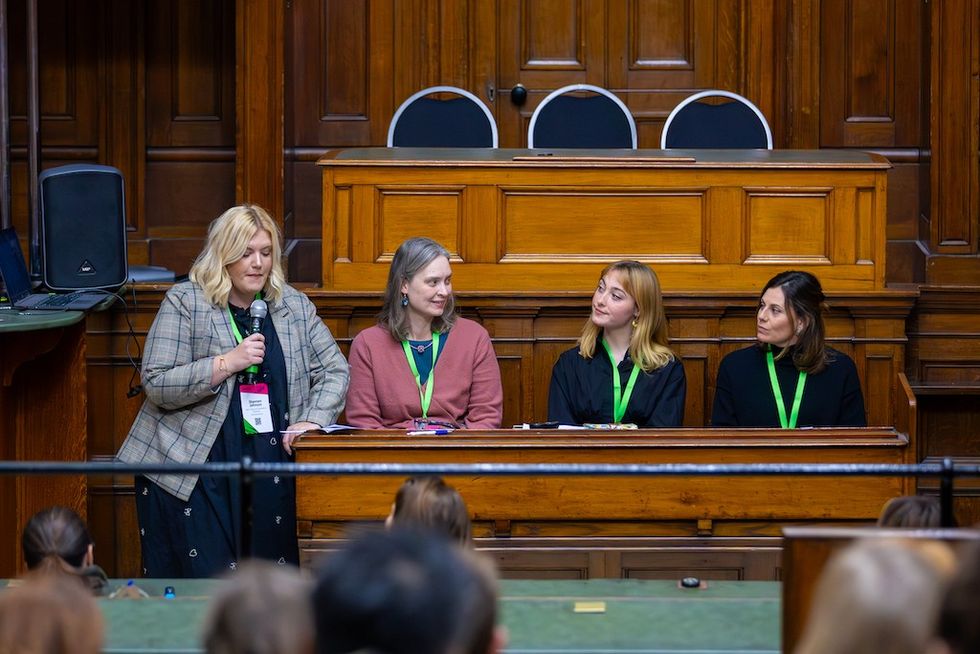
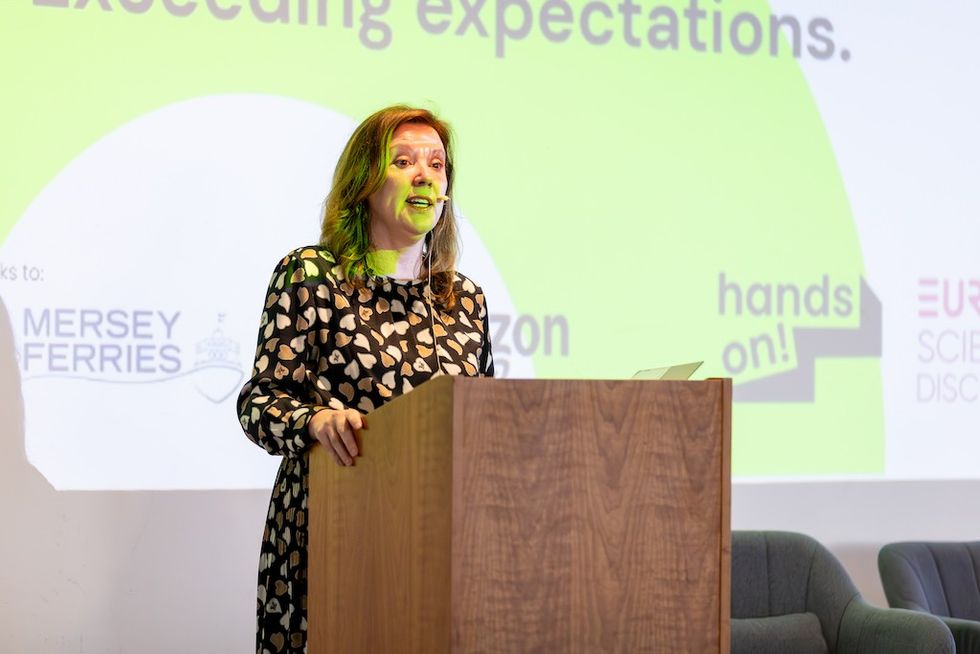 Dame Rachel de Souza
Dame Rachel de Souza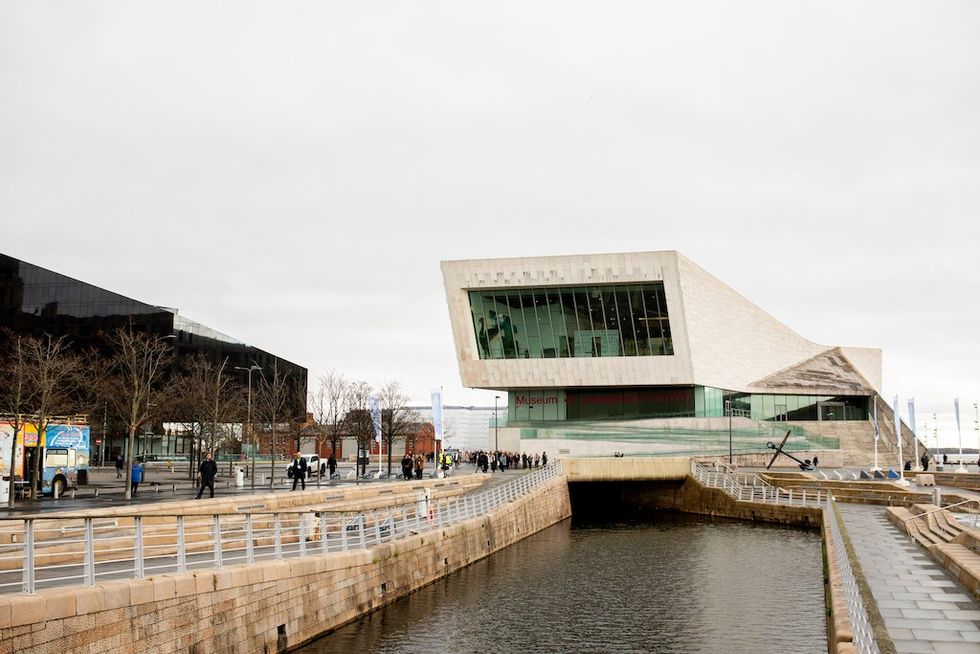 Liverpool Museum
Liverpool Museum
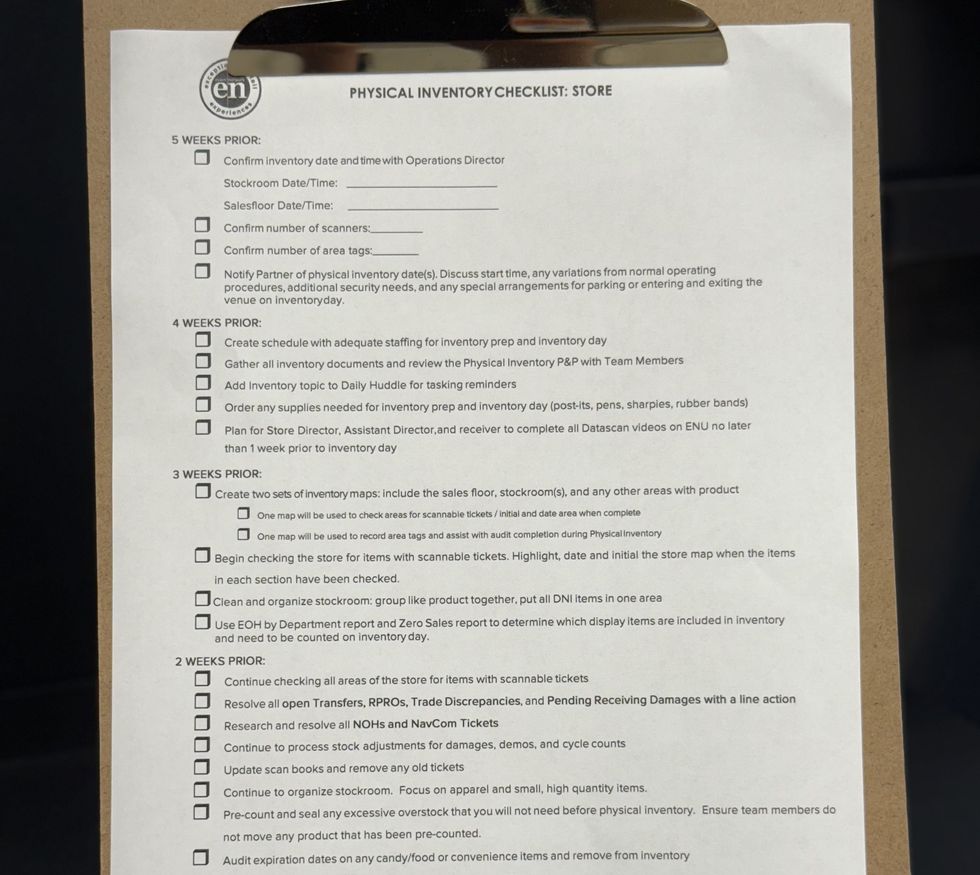
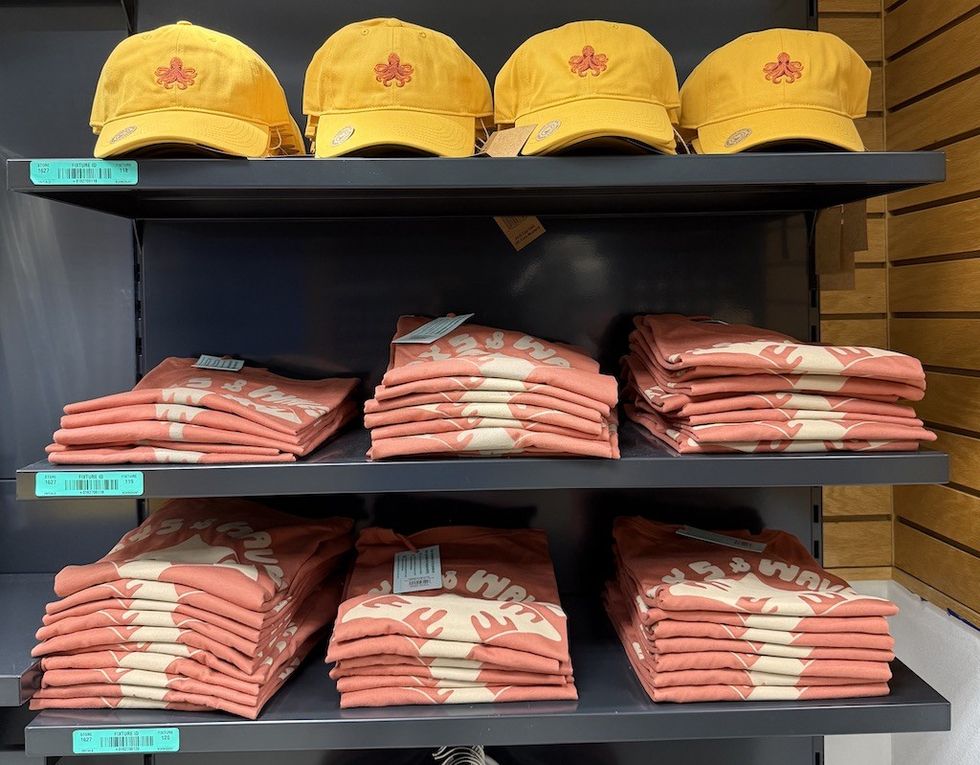
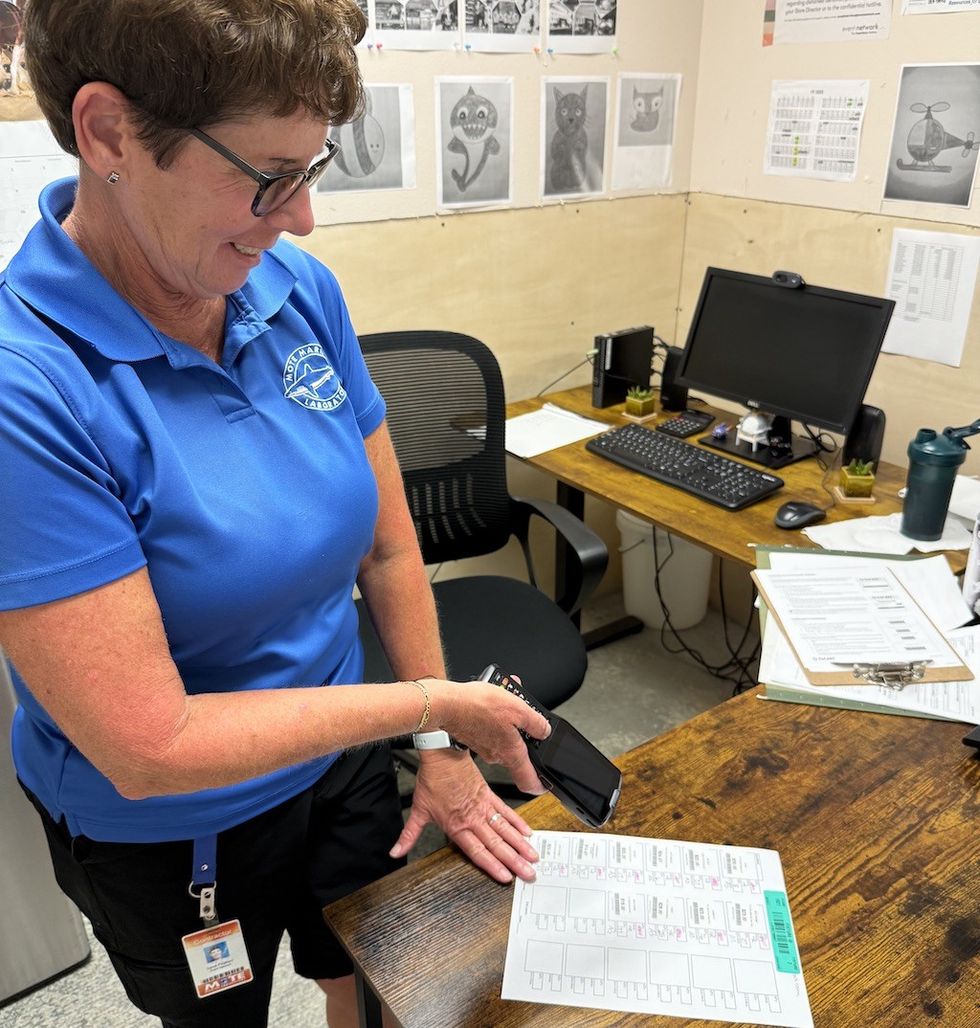
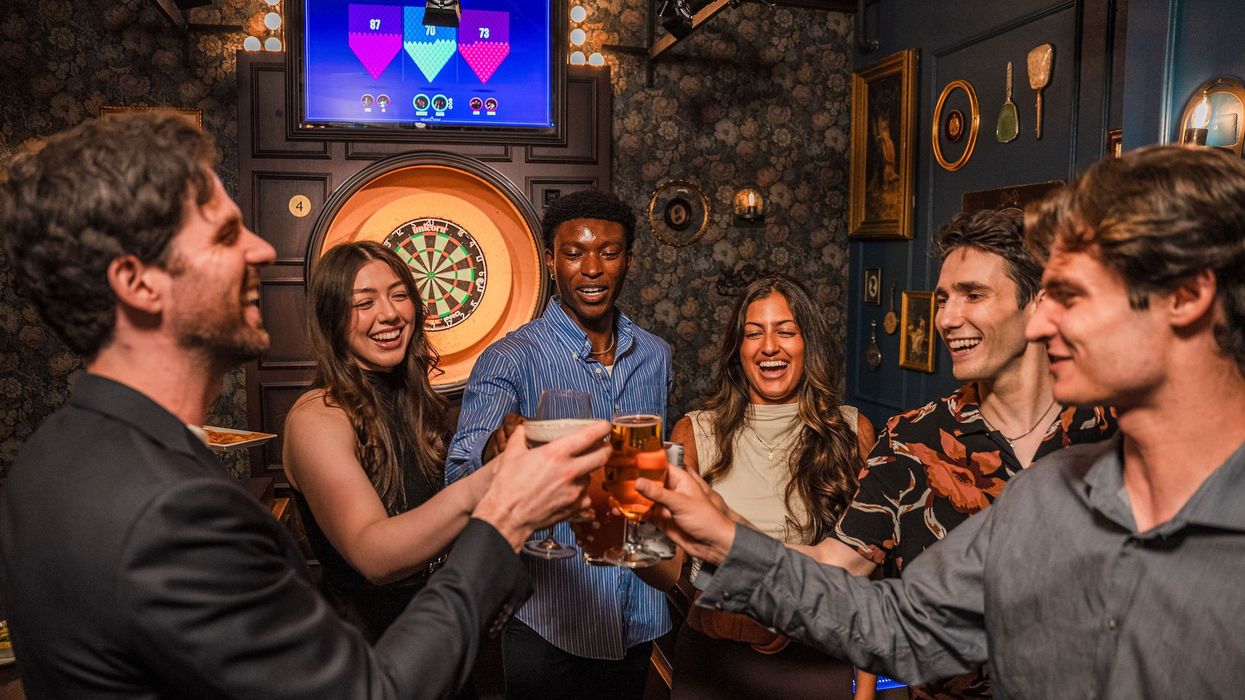
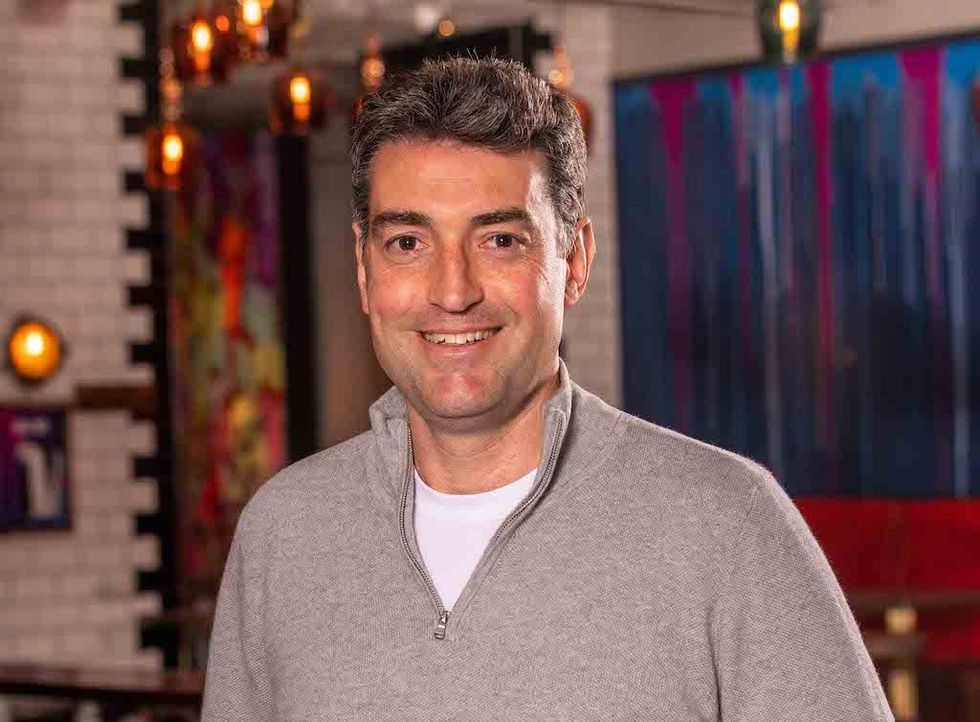 Toby Harris
Toby Harris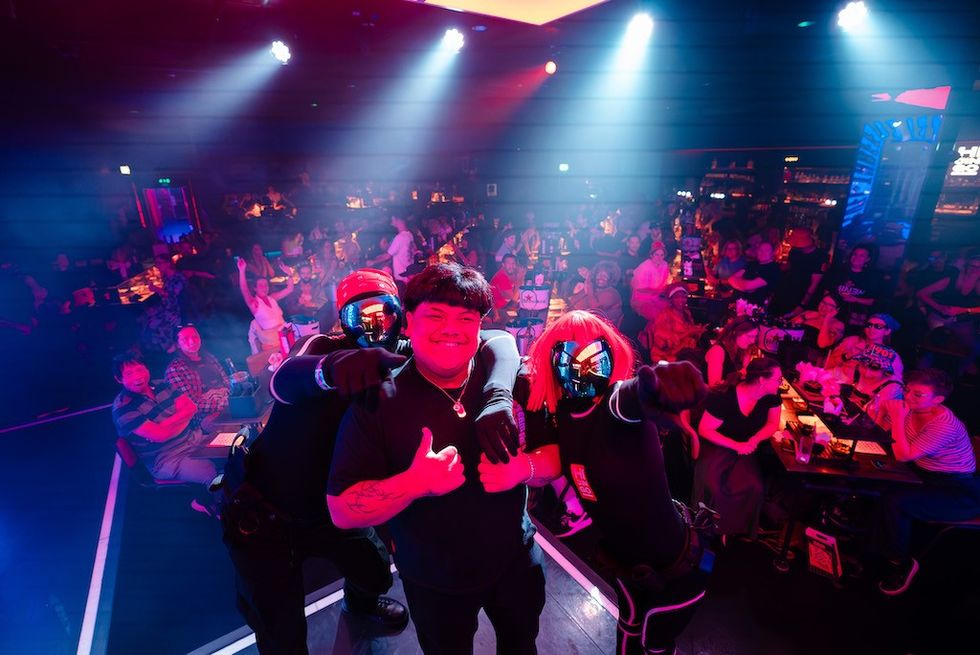 Hijingo
Hijingo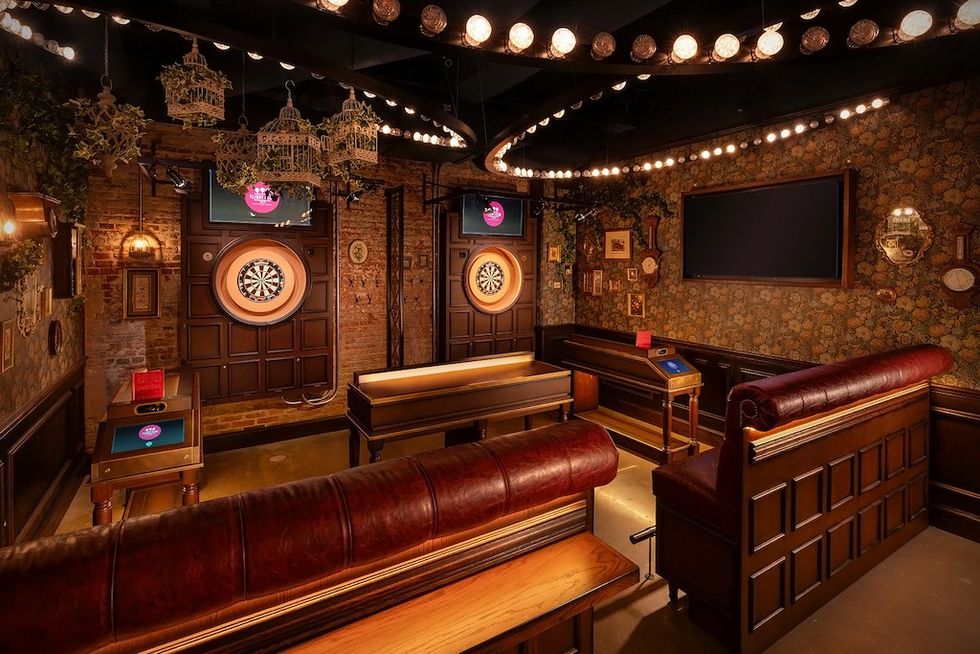 Flight Club, Washington D.C.
Flight Club, Washington D.C.
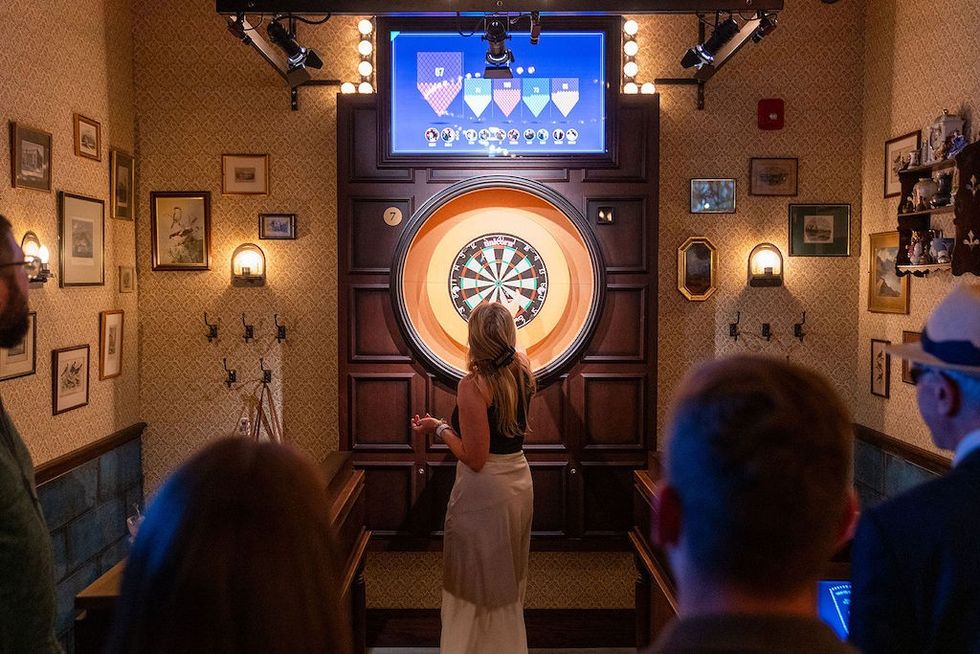 Flight Club Philadelphia
Flight Club Philadelphia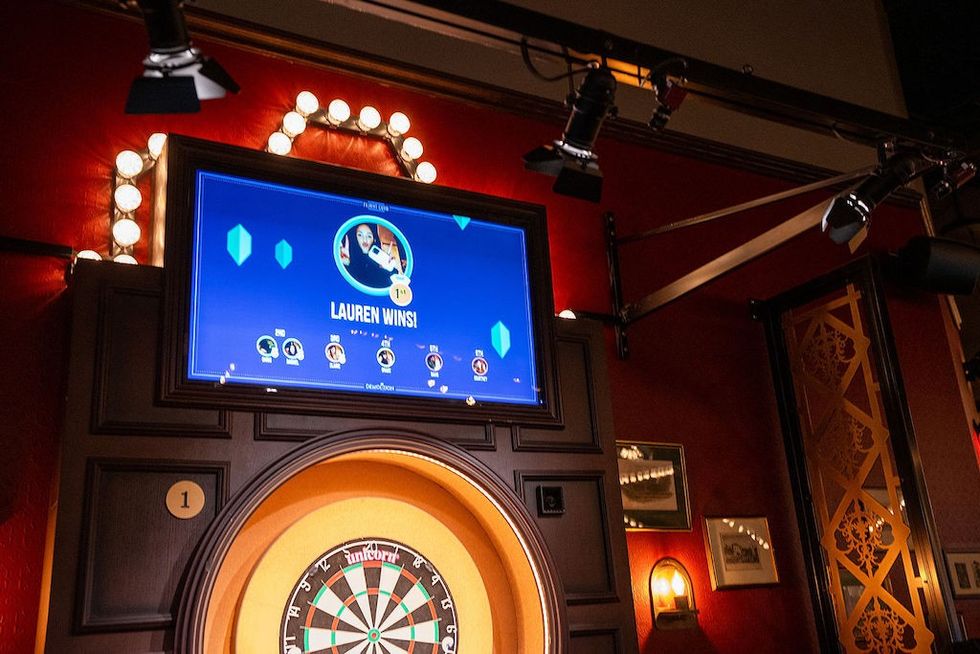 Flight Club Philadelphia
Flight Club Philadelphia Bounce
Bounce Hijingo
Hijingo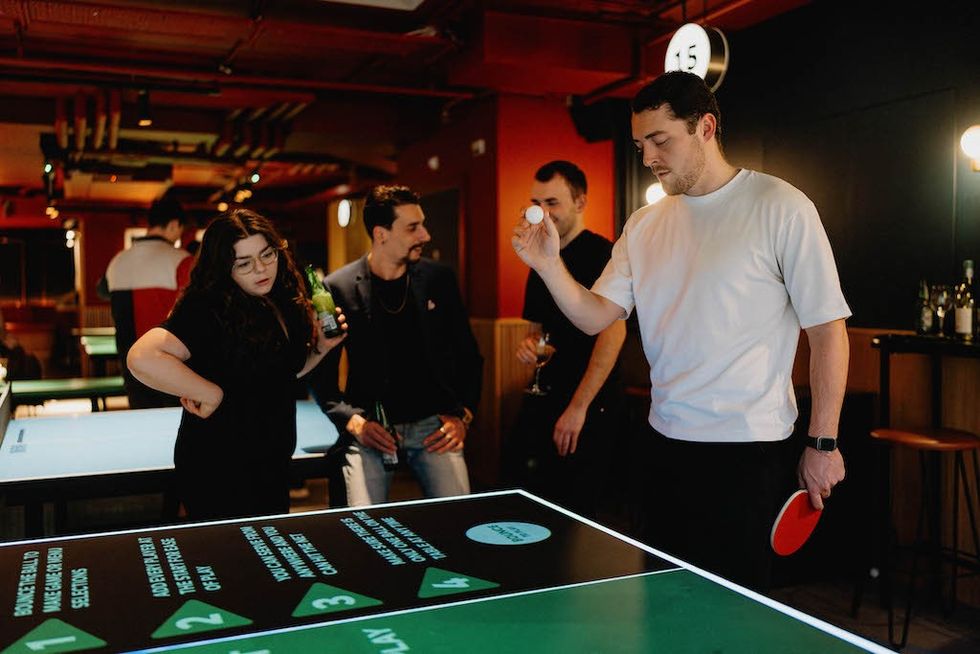 Bounce
Bounce